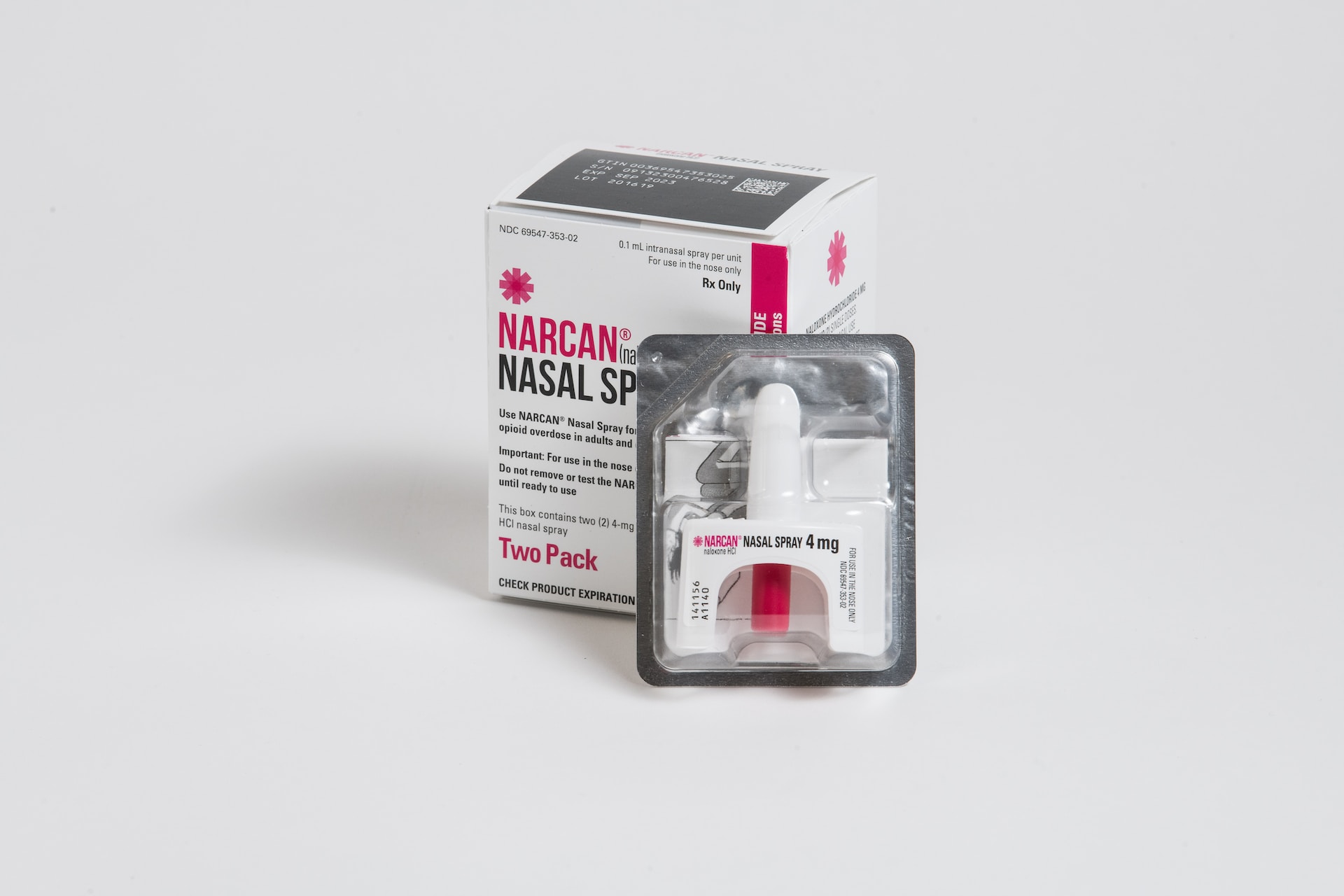Opioid Overdose Antidote Narcan - An FDA-Approved OTC Version
Addiction to painkillers such as opioids is common. This addiction can lead to an overdose, which can then lead to death. The opioid overdose antidote Narcan can help. Another good news is that it’s now officially available over-the-counter - the go signal coming from the FDA.
Author:James PierceReviewer:Karan EmeryApr 04, 20230 Shares163 Views
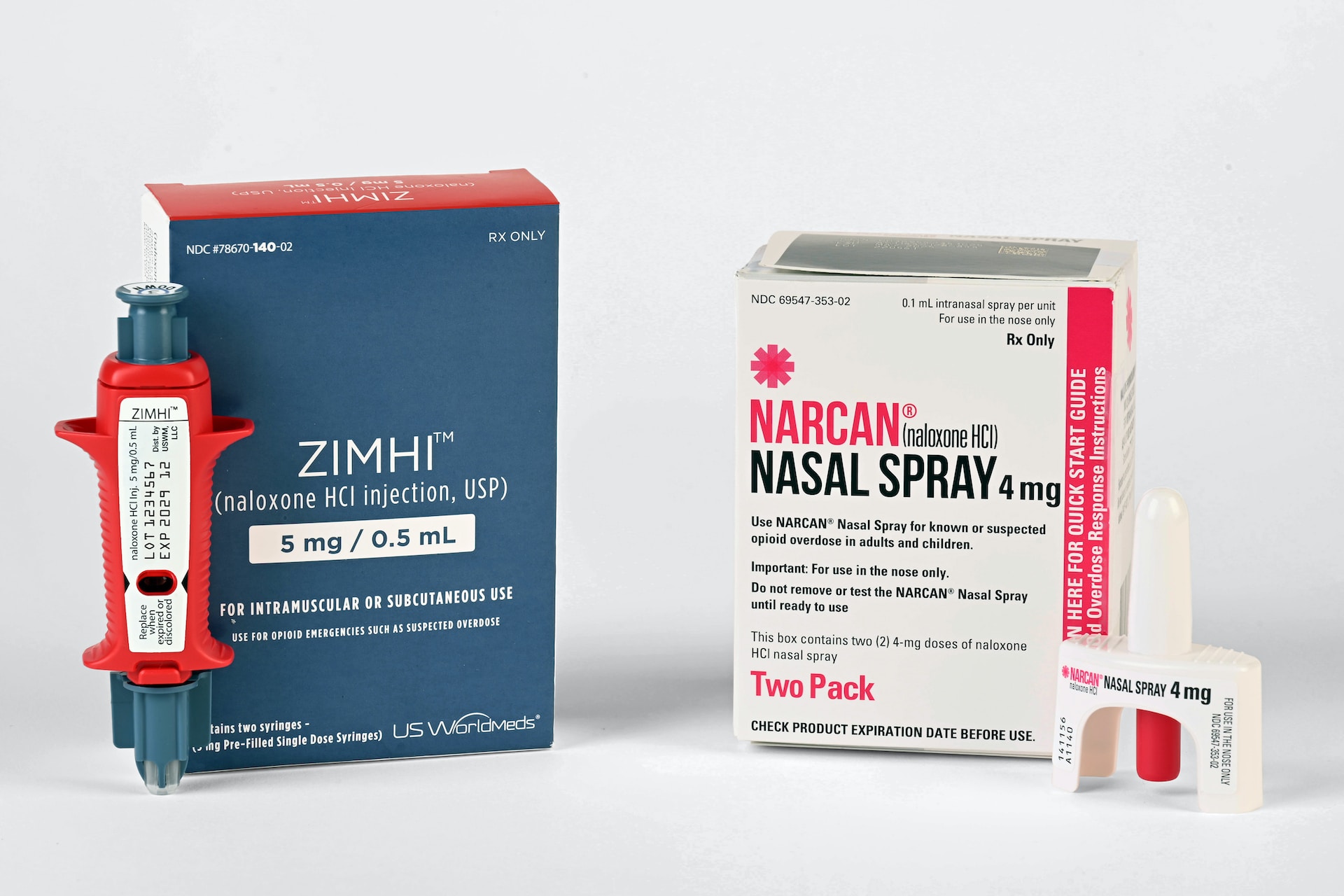
Ever heard of the opioid overdose antidote Narcan?
Thanks to the U.S. Food and Drug Administration (FDA), it can now be bought without a prescription.
Narcan is the brand name of naloxone.
Opioids can be prescribed by doctors to treat severe pain, but they can also be misused and abused.
Long-term use or misuse of opioids can lead to dependence, addiction, and other serious health problems, including overdose and death.
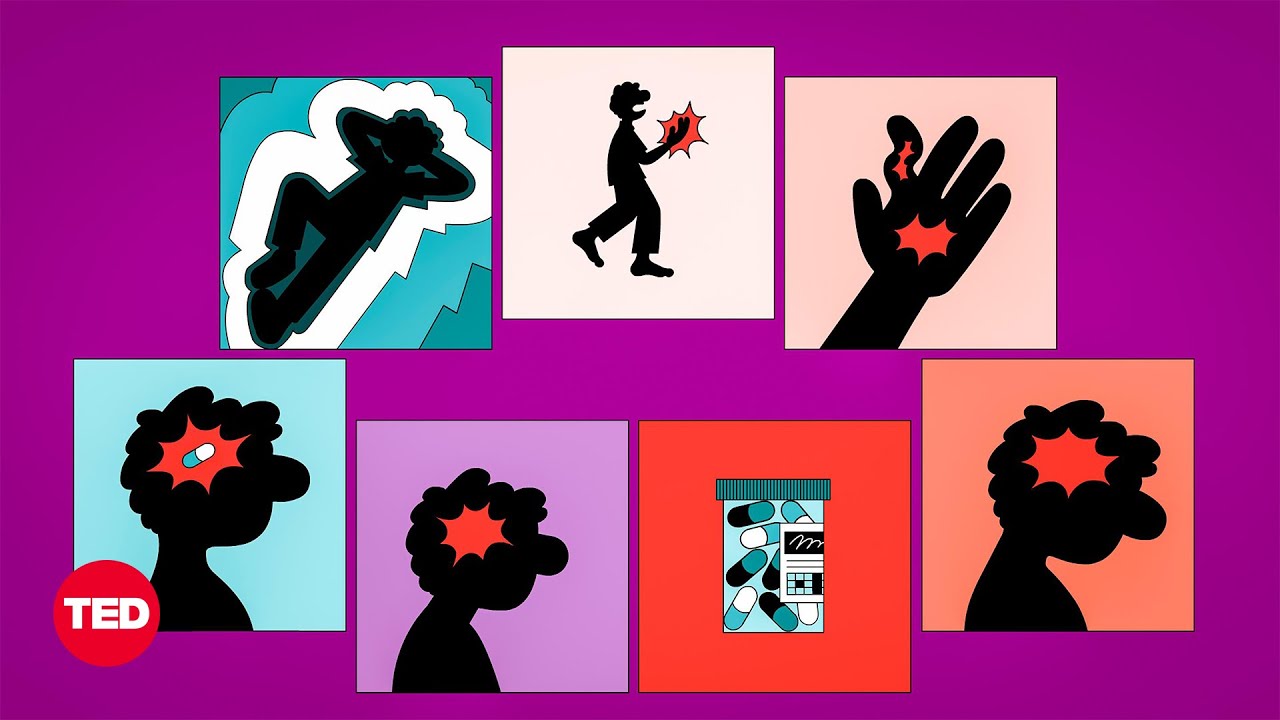
What You Should Know About Opioids and Painkillers | Body Stuff with Dr. Jen Gunter | TED
What Is The Strongest Pain Killer?
There are several types of painkillers available, including over-the-counter (OTC) medications like acetaminophen and ibuprofen.
They also include prescription medications such as opioids - the strongest pain killer.
Opioids are a class of drugs that act on the nervous system to relieve pain. They are derived from opium, which comes from the opium poppy plant.
Opioids include drugs, such as:
- codeine
- fentanyl
- heroin
- hydrocodone
- morphine
- oxycodone
In his 2021 article about pain relief medication, published by online drug index RxList, Massachusetts-based registered pharmacist Jim Morelli wrote:
“„Opioids more powerful than morphine include hydromorphone (Dilaudid) and oxymorphone (Opana).- Jim Morelli
Morelli, who is also a news reporter at WFXT Boston 25 News and a CNN reporter as well, added:
“„But the strongest opioid in community use is fentanyl which, in its intravenous form, is 70 to 100 times more potent than morphine.- Jim Morelli
Opioids work by binding to specific receptors in the brain and other parts of the body, called opioid receptors.
When these drugs bind to the receptors, they reduce the perception of pain and can create a feeling of euphoria or pleasure.
In general, opioids are highly potent and can also be highly addictive and dangerous if not used properly. Good thing there’s now the opioid overdose antidote Narcan.
They should only be used under the close supervision of a healthcare professional.
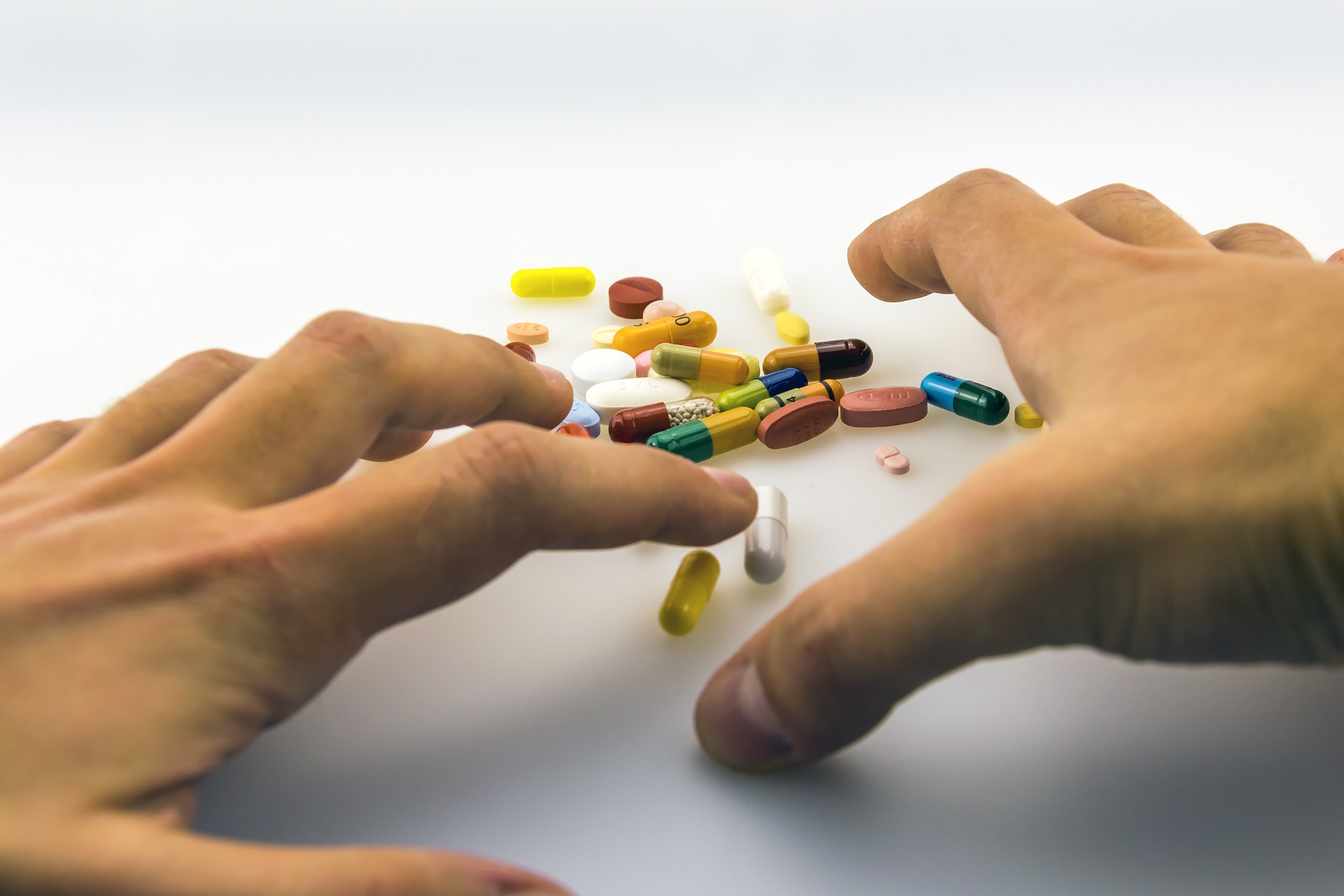
Opioid Overdose
An opioid overdose occurs when someone takes an excessive amount of opioids. The opioid overdose antidote Narcan can really help on this matter.
Now, the question is: why are opioids addictive?
Opioids activate the brain’s reward system, producing feelings of pleasure and reducing pain.
When opioids bind to opioid receptors in the brain, they increase the release of dopamine, a neurotransmitter associated with pleasure and reward.
Over time, the brain may become dependent on the presence of opioids to produce these pleasurable effects.
Opioid Overdose Symptoms
Some common symptoms of an opioid overdose include:
a. Pinpoint pupils
Opioids can cause the pupils to constrict and become very small, often described as “pinpoint” pupils.
b. Slow or shallow breathing
Opioids can depress the respiratory system, leading to slow or shallow breathing, or even respiratory arrest.
c. Loss of consciousness
As the overdose progresses, the individual may become unresponsive and lose consciousness.
d. Blue or pale skin
As oxygen levels in the body drop due to respiratory depression, the skin may become blue or pale.
e. Clammy skin
As the body struggles to compensate for low oxygen levels, the skin may become clammy and cool to the touch.
f. Slow heart rate
Opioids can also slow down the heart rate, leading to dangerously low blood pressure and possible cardiac arrest.

Opioid Overdose Treatment
There are several treatments available for opioid overdose, including:
1. Emergency medical treatment
Opioid overdose is a medical emergency and requires immediate treatment.
Emergency medical professionals can provide airway support, oxygen, and medications to help stabilize a person’s condition.
They may also use the opioid overdose antidote Narcan to reverse the effects of the opioid and restore normal breathing.
2. Medication-assisted treatment (MAT)
MAT involves using medications like:
- buprenorphine
- methadone (brand names: Dolophine, Methadose)
- naltrexone (brand names: Revia, Vivitrol)
These medications can help reduce the risk of overdose by reducing cravings and withdrawal symptoms, making it easier for people to stay in recovery.
3. Behavioral therapy
It can help people with opioid addiction:
- learn new coping strategies
- develop healthy relationships
- manage triggers that may lead to drug use
Behavioral therapy can be provided in individual or group settings and may involve:
- cognitive-behavioral therapy (CBT)
- motivational interviewing
- contingency management
Opioid Overdose Prevention
Note that while the treatments mentioned here such as the opioid overdose antidote Narcan can be effective, prevention is the best approach to opioid overdose.
Opioid overdose prevention can be achieved through several approaches. Here are some ways:
a. Education
Inform individuals about:
- the dangers of opioids
- their addictive nature
- the signs and symptoms of overdose
This can be achieved through public awareness campaigns, workshops, and training sessions.
b. Prescription Drug Monitoring Programs (PDMPs)
PDMPs are state-run databases that track prescription opioids.
c. Harm Reduction Strategies
They aim to reduce the harm associated with drug use, including opioid use. These strategies include:
- providing clean needles to individuals who inject drugs
- offering safe injection sites where individuals can use drugs under medical supervision
d. Treatment and Support
There should be easy access to services such as MAT, behavioral therapies, and support groups, which can help individuals overcome opioid addiction and reduce the risk of overdose.
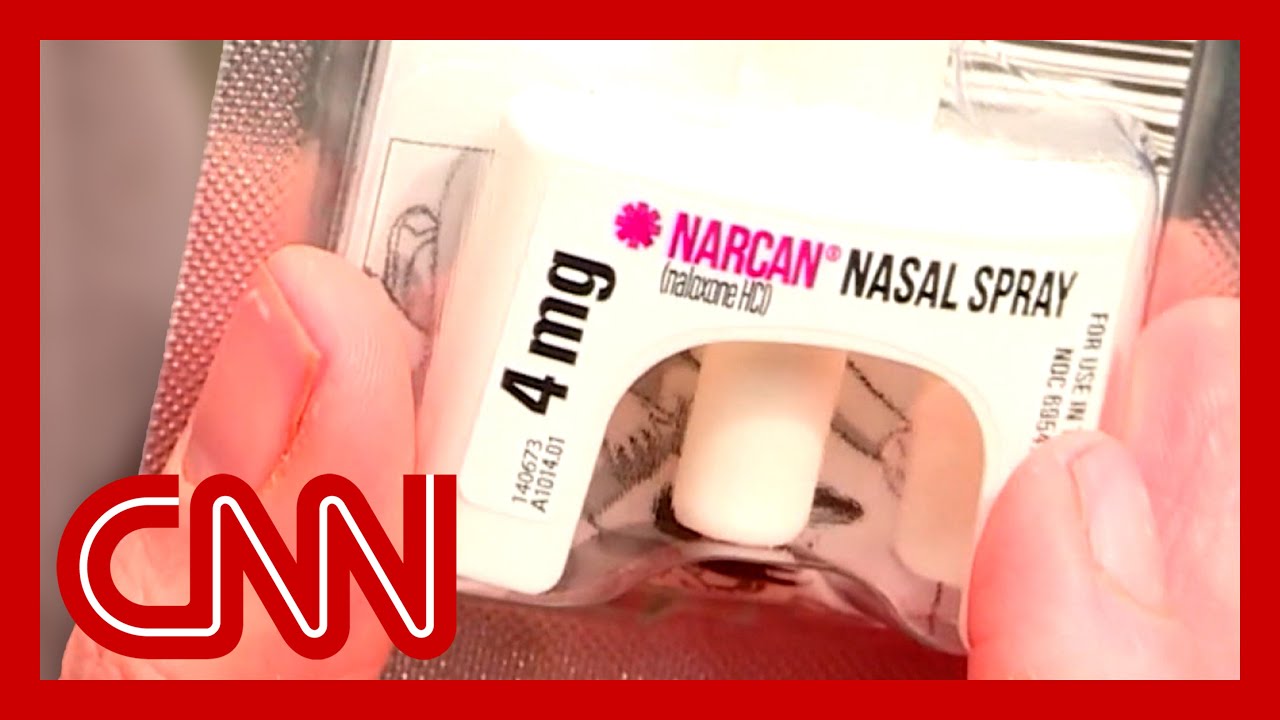
How and when to use the opioid overdose antidote Narcan
Narcan - The Opioid Overdose Antidote
An opioid antagonist is a type of medication that blocks the effects of opioids in the brain.
It works by binding to the same receptors in the brain that opioids bind to, but instead of activating them, they block them.
By blocking them, opioid antagonists:
- prevent the opioids from producing their characteristic effects (e.g., pain relief, sedation, and euphoria)
- reverse the potentially life-threatening effects of an overdose
The opioid overdose antidote Narcan (naloxone) is an opioid antagonist. It can quickly reverse the effects of an opioid overdose.
On April 3, reported the Associated Press, the FDA permitted the OTC sale of Narcan, making it the first of its kind to be sold without a prescription requirement.
Narcan is available in several forms, including:
- auto-injector devices
- injectable
- nasal spray
Emergent BioSolutions (est. 1998), an American biotech company in Gaithersburg, Maryland, manufactures the FDA-approved Narcan nasal spray.
The opioid overdose antidote Narcan, however, is not a substitute for medical care.
Anyone who has been given Narcan should still seek emergency medical attention as soon as possible, as the effects of the opioids can last longer than the effects of Narcan, and another dose may be needed.
Additionally, Narcan does not treat addiction or prevent future overdoses.
Narcan Side Effects
Some of the most common side effects of the opioid overdose antidote Narcan include:
1. Allergic reactions
Some individuals may experience an allergic reaction to Narcan, which can cause symptoms such as:
- hives
- itching
- difficulty breathing
2. Rapid heartbeat
Narcan can cause an increase in heart rate and blood pressure, which can be dangerous for individuals with underlying heart conditions.
3. Respiratory problems
In rare cases, Narcan can cause difficulty breathing or respiratory distress, particularly in individuals who have pre-existing respiratory issues (e.g., asthma and pneumonia).
4. Withdrawal symptoms
Narcan can cause the sudden onset of withdrawal symptoms in individuals who are physically dependent on opioids, including:
- agitation
- nausea
- vomiting
- sweating
- restlessness
5. Seizures
Narcan can trigger seizures in individuals who are susceptible to them.
People Also Ask
Are Opioids Used To Treat Mental Health?
Opioids are not typically used as a first-line treatment for mental health conditions.
Still, they may be used in some cases to manage symptoms associated with certain mental health disorders.
For example, opioids may be used to treat severe or treatment-resistant cases of depression or anxiety, but only when other treatments have failed or are not appropriate.
Opioids can also be used as part of a MAT program for individuals struggling with opioid addiction or substance use disorders, which can co-occur with certain mental health conditions.
Is Paracetamol Opioid Or Not?
No, paracetamol (also known as acetaminophen) is not an opioid.
It is a common OTC pain reliever and fever reducer that works by blocking the production of certain chemicals in the body that cause pain and inflammation.
Can You Take Paracetamol With Opioids?
It is generally safe to take paracetamol with opioids, as they work through different mechanisms and are often used together for pain relief.
Paracetamol can be combined with these opioids:
- oxycodone
- codeine
In fact, combining paracetamol with opioids can often provide more effective pain relief than using either medication alone.
Final Thoughts
Even though the opioid overdose antidote Narcan is now available over-the-counter, people should still look for ways to manage their pain without relying on drugs.
Pain management is not just about finding the strongest painkiller available, but also involves finding the right treatment plan that:
- addresses the underlying cause of the pain
- minimizes side effects
- improves overall quality of life
Also, the potential risks of Narcan are generally outweighed by the potential benefits of reversing an opioid overdose.
With that said, when you want to try the opioid overdose antidote Narcan, use it under the guidance of a healthcare professional.

James Pierce
Author

Karan Emery
Reviewer
Latest Articles
Popular Articles
